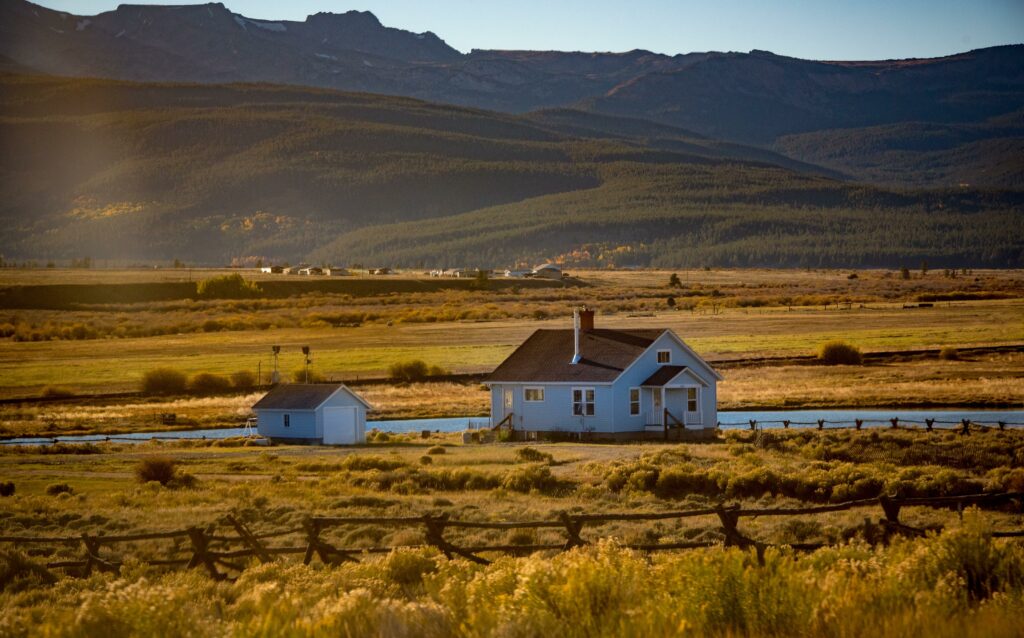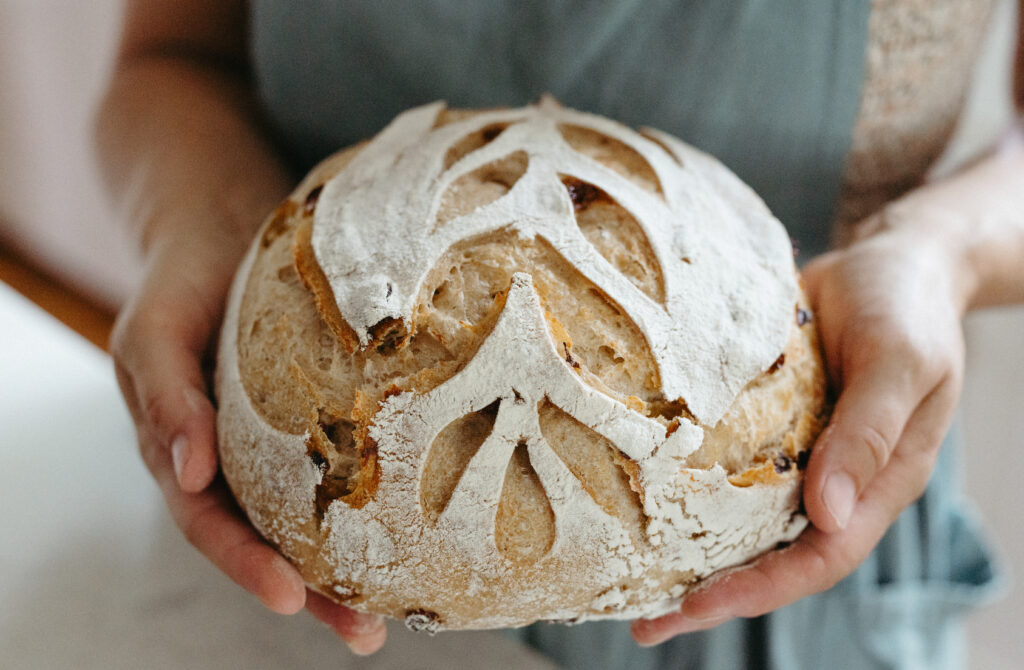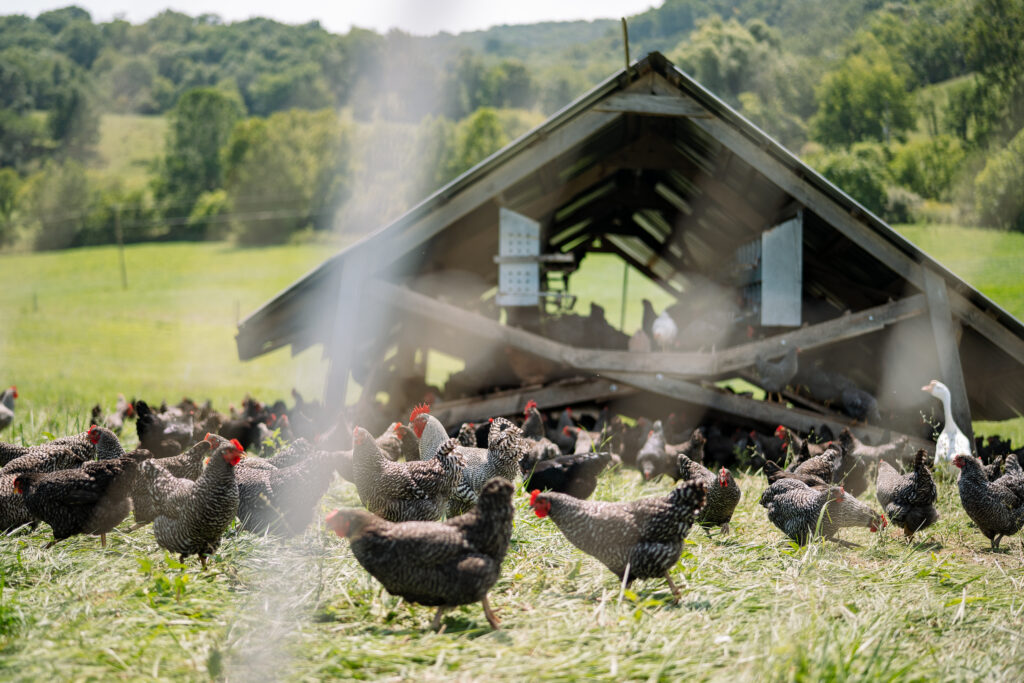Back in the late 1960s our family had a winter routine every Saturday when Dad was home from his town job: muck out the barn. At the time, we made loose hay with an old-timey hay loader and pulled it up in the barn with a grapple fork. While that may not sound as efficient as baling hay, the beauty of loose hay was that we could easily fix the hay loader. I think Dad had permanent emotional scarring from the old Case square baler that came with the farm.
It was a monstrosity with a two-cylinder air-cooled Wisconsin engine you had to start with a hand crank. Many farmers lost fingers and hands with those things. And the knotter. Oh, the knotter. One of us kids had to ride on the baler and watch every knot to see if it tied. Dad was forever finagling with the knotter to get it to work more consistently.

If the knot tied, we gave an “all’s good” signal to the tractor driver. If it didn’t, we crossed our arms in a big X, stopped everything, and hand-tied the bale. That thing made Dad search for something simpler and easier, and he found a hay loader in a neighbor’s barn. It was in mint condition and of course the farmer was glad to sell it for a song.
Hence, I grew up making loose hay. When round balers came in, Dad would point to a neighbor tootling down the road with his big John Deere and Vermeer round baler, shouting over the din of our own ancient Oliver 88: “Old!” Then pointing at me and the loose hay on the wagon, “New!” Classic humor from a genius iconoclast.
The hay feeding barn was simply a pole barn with a concrete slab under the middle section where we stored the hay. Dad made a moveable V-slotted feeder gate that we could move through the haystack to let the cows self-feed. We only had about a dozen cows but within a week on that concrete floor, things got pretty filthy.
Hence, every Saturday morning, when Dad was home from work, he and us boys would dutifully hook up the old manure spreader and hand shovel the manure into it to spread on the pasture. But then we noticed an interesting thing. What we spread in late December through early February didn’t make a hill of beans difference in the grass growth the following spring. Nada. But what we spread very late in the winter, from mid-February until grass green-up, turned the pasture dark green. Those strips grew lush grass, clearly demonstrating a fertility kick. Same field. Same cows. Same material. Different timing.
The “Aha!” Moment
As we learned more about the soil’s biology, we realized that in the winter, all the microbes hibernated. Even the earthworms burrowed down deep and curled up in dormancy. Nothing was awake to eat. The revelation was truly dramatic around our house. The early-spread material either vaporized or leached into the groundwater by spring because it couldn’t be metabolized (digested, absorbed, assimilated). We essentially threw those nutrients away.
The late-spread material, however, found welcome reception in the hungry and awakening soil microbes. “Feed me!” You could almost hear the chorus screaming from the soil. We realized we had to somehow hold those nutrients during the heart of the winter and then only spread them once things awakened.
At the time, environmentalists lobbied state governments to allocate money for manure management systems to keep pollution out of waterways. But the waste management experts at land grant colleges only recognized one manure management model: slurry systems. As a result, many farmers received millions of dollars to build manure lagoons and purchase slurry spreaders, agitators, and water-based pumping systems.
By that time, Dad had read The Complete Book of Composting, a compendious 1,500-page volume put out by J.I. Rodale and his staff in Pennsylvania. Dad knew water-based systems were not appropriate. It had to be carbon-based, or preferably compost-based. Our farm had a substantial woodlot, with plenty of misshapen and poor growing trees. Why not chip those and tie down those volatile and leachable nutrients with wood chips? If we could compost it, great. If not, at least we’d hold onto them until spring.
Carbon and Manure: A Perfect Pairing
The first really big machine we bought was a used chipper. By the mid-1970s we began the carbonaceous diaper model, which involves layering nitrogen-rich manure with carbon bedding. Every few days we’d bed down the cattle with wood chips. Historically, the carbon of choice was straw. Before chainsaws, chippers, and front-end loaders, straw was the easiest and most abundant source for bedding horse stalls and cattle loafing areas.
Prior to widespread chemical fertilizers, farm boys routinely used wheelbarrows to bring overnight barnyard manure pats into the barn and cover them with straw in order not to lose any of that precious resource. Farmers knew the value of manure in any form. They didn’t want winter rains to leach across them. Get those babies in the barn where the straw can make what farmers called “static” bedding.
That’s why farmers liked long-stemmed small grains rather than short-stemmed, like we’ve bred today. Straw was nearly as valuable as the grain because it was the engine that drove the fertility program. The soil is all about carbon. Once chemical fertilizers became widely used, however, plant breeders shortened the stems to reduce straw, carry a heavier seedhead, and speed up combining.
Today, with the advent of chainsaws, chippers, front-end loaders, and hydraulic dump beds, we now have the capacity for the first time in human history to efficiently upgrade our woodlots by turning poor material into soil gold. Fencelines and weedy woodlots offer mountains of carbon for our open fields, both crop and pasture. That used chipper we bought in the late 1970s revolutionized our farm, because for the first time, we almost eliminated manure wastage.
What we didn’t anticipate was what the carbonaceous diaper would do for the animals. First, it fermented and therefore never froze. Although not warm to the touch, it stayed in the 50ºF (10ºC) range, which was a lot more comfortable than lying down on sub-freezing dirt or concrete. Second, it was soft, which buffered cow hips and joints. Third, it was clean. No lounging in or on manure; you could eat a sandwich in there with the cows. And fourth, it produced natural molds and fungi which created udder and microbiome health for the animals. All of this meant the cows stayed fat and healthy on far less hay, which was yet another bonus.
Pigaerator Compost
As we began seeing the obvious responses in the field and herd, we realized we couldn’t afford to let our precious manure and urine go unleveraged. An accountant by trade, Dad pencil-pushed trying to figure out if keeping the animals always under roof, composting all their manure, and feeding them green chop daily would be better than pasturing them. From a purely agronomic standpoint, the answer is yes, but economically the cost of mechanically harvesting, feeding, and then spreading all the dung makes it less financially desirable than the animals self-harvesting their own feed by grazing.
The carbonaceous diaper created a huge problem in the barn. It started pushing out the walls, and as it built, the V-slotted feeder gate wasn’t high enough to accommodate the cows on the elevated bedding. This bedding could get four feet deep. We then redesigned and built new structures and roofs with simple pole sidewalls to keep the bedding in. I redesigned the feeder gate to be vertically moveable; as the bedding deepened, I’d just lift the feeder gate. We’ve also used round bale feeders, moving them around week to week as bedding builds up.
As fertility came up in our fields, we added cows. A neighbor with a front-end loader would come down in the spring and clean out the barn. At that time, we built windrow compost piles with the manure spreader. About two months later, he’d come back and I’d spread it. Boy howdy. That compost was like soil elixir. Magic.
The final breakthrough developed a few years later when I was watching an American Livestock Breeds Conservancy presentation at a conference and saw a pig atop a steaming pile of horse manure. Aha! Why not use pigs to turn our carbonaceous diaper instead of double handling it with windrow compost piles? I came home and put some corn in the bedding and the rest is history. These days we put in about 85 pounds of whole shelled corn for every cubic yard of carbon; it ferments. When the cows go back out to grazing in the spring, we turn pigs onto the bedding. They seek the fermented corn, aerate the material, and turn it all into beautiful aerobic compost. End of story.
I can’t go into all the nuances in this short article. We call our material “pigaerator compost.” We use junky hay about every fourth bedding to keep our Carbon:Nitrogen ratio as close to 30:1 as possible; it’s hard to keep it low enough with just woody material. Higher than 30:1 it often gets too hot and burns out nutrients. Fortunately, the pigs stir and pack, stir and pack, which helps to moderate the temperature.
Whether you go all the way to pigaerators or not, realize that the carbonaceous diaper benefits are worthwhile even if you hand shovel everything. Early on, I hand shoveled piles 8x5x45 feet. Yes, I’m at the age where “the older I get, the better I was.” But what I’ve seen in the soil and grass over the years affirms and confirms, at least in my mind, the value of the carbonaceous diaper.






Leave a Reply